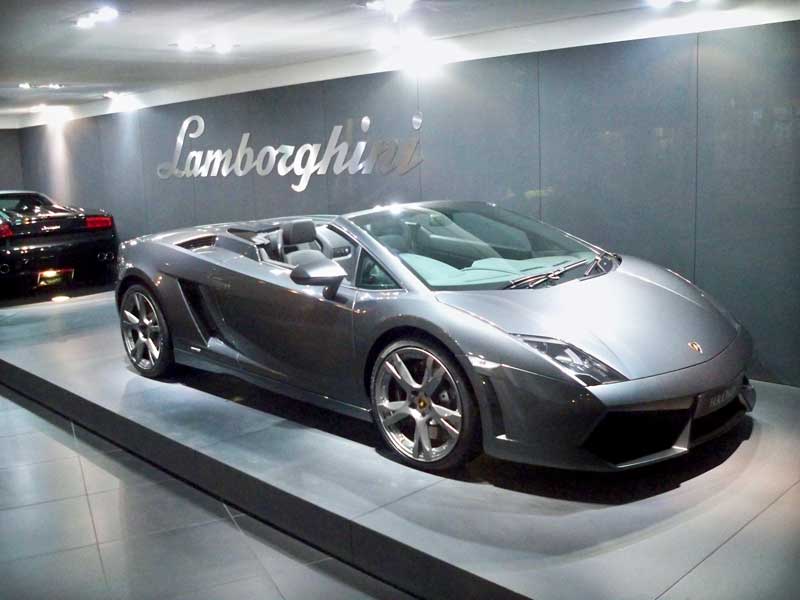
Hypermiling
Randal FermanWith fuel prices creeping up again I thought it appropriate to share some of my experiences with hypermiling. “Hypermiling” is a method of increasing your car’s gas mileage by making changes in the way you drive. It can also include changes in the way you maintain your car, including tire pressures, fuel grade, and oil viscosity.

I recall my father telling me about over-inflating his tires during WWII rationing. This is sensible if the value of conserving your fuel ration to get around is more important than optimal traction or wearing the tires bald. Years ago I was also intrigued by a Shell experimental car that got 149 MPG. This was fantastic at a time when the typical American land yacht was getting maybe 12 MPG and it seemed the only thing people really cared about was the brand of car they drove, its stylish looks and, of course, its power.
I think I’ve been practicing hypermiling to some degree for years, but mainly to reduce the wear and tear on the vehicle. For example, I go over 100,000 miles between brake jobs.
I drive a well-maintained 1998 Toyota Avalon, a medium size vehicle by today’s standards. Incidentally it is also an extraordinarily reliable car. It has a 6-cylinder, 3.0 L, 200 HP engine – an abundance of power to negotiate all road and highway situations. The sticker EPA mileage is 19 MPG city and 27 MPG highway. I don’t think my wife or I have ever gotten less than 23 MPG even with aggressive driving. Getting around LA, where we live, means driving freeways, so “city” mileage only loosely applies. Often we’ll average around 27 MPG.
In the summer of 2008 when the price of a gallon in LA shot up to about $4.50 plus or minus, I really started getting into driving techniques to push up the car’s mileage. This is when, by the way, I first heard about “hypermiling”. Modest accelerations, anticipating the signals, coasting where possible (legally in Drive, of course), limiting the freeway speed, and inflating tires to their upper limit were the principle techniques. There are other techniques I’ve read about of questionable safety – drafting, for instance – or that are just plain illegal – like rolling through stops. You don’t need to do these to achieve a substantial increase in mileage.
Initially I achieved over 29 MPG without a great deal of effort. With practice and adding in refinements like turning off the engine at long stops, I achieved the benchmark level of 30 MPG. By dropping down my top freeway speed to 60 MPH and practicing really careful acceleration/deceleration technique, I topped out at over 31 MPG with a car rated by the EPA at 21 MPG overall.
That works out to 13% less fuel usage compared to normal “conservative” driving, a 26% reduction compared to “aggressive” driving, and a 32% reduction compared to the EPA overall rating. This represents real energy and cost savings.
In LA, and probably any major city, hypermiling requires patience and a certain “thickness of skin”. There’s a world of impatient drivers out there and the practice of hypermiling will automatically increase the number of these drivers apparent to you. It also requires continuous attention to your driving technique to make it work. I have to admit that once the fuel prices came tumbling down, I reverted back to normal driving technique. If gas prices shoot back up, I’ll probably re-join the hypermiling club.
Randal Ferman, PE

4 comments
The picture looks like one that I took from the UK two years ago…
On a separate note, I agree with the fact that we should get more and more people out of their cars and onto bikes or something. I ride a bike up to 8 hours each day for work (Security Patrol) so I don’t see why a majority of the rest of the population can’t just ride to their work (which is most likely near where they live) on a bike.
Dear Myna,
I’d love to convert LA back to a public transit city and have bicycle paths and ride sharing everywhere. On occasions I deliberately use public transit or ride my bike.
As Callie mentioned, there’s the reality of time, due to the huge area of greater LA. The public transit systems are being improved, and bicycle paths are being built. But it’s all happening too slowly.
Probably the biggest challenge is getting a lot more people interested in these alternatives. I’m guessing most people who have no interest in transportation alternatives likewise have no patience for the skillful practice of hypermiling.
Regards, Randal
Hi Myna, yes this article might be viewed as promoting more driving, but I think it depends on the city you live in.
In LA, public transit is pretty terrible in the outlying areas. For example, if I wanted to go to the grocery store by bus it would take me 1 1/2 hours (according to Google Maps), but if I drive it takes me about 15 minutes. LA is just so spread out that taking public transit, biking, etc is not a viable option.
i see this as just promoting more driving,when we need to get people out of their automobiles and on to public transit,bikes,electric carts,scooters,park and ride,etc,etc